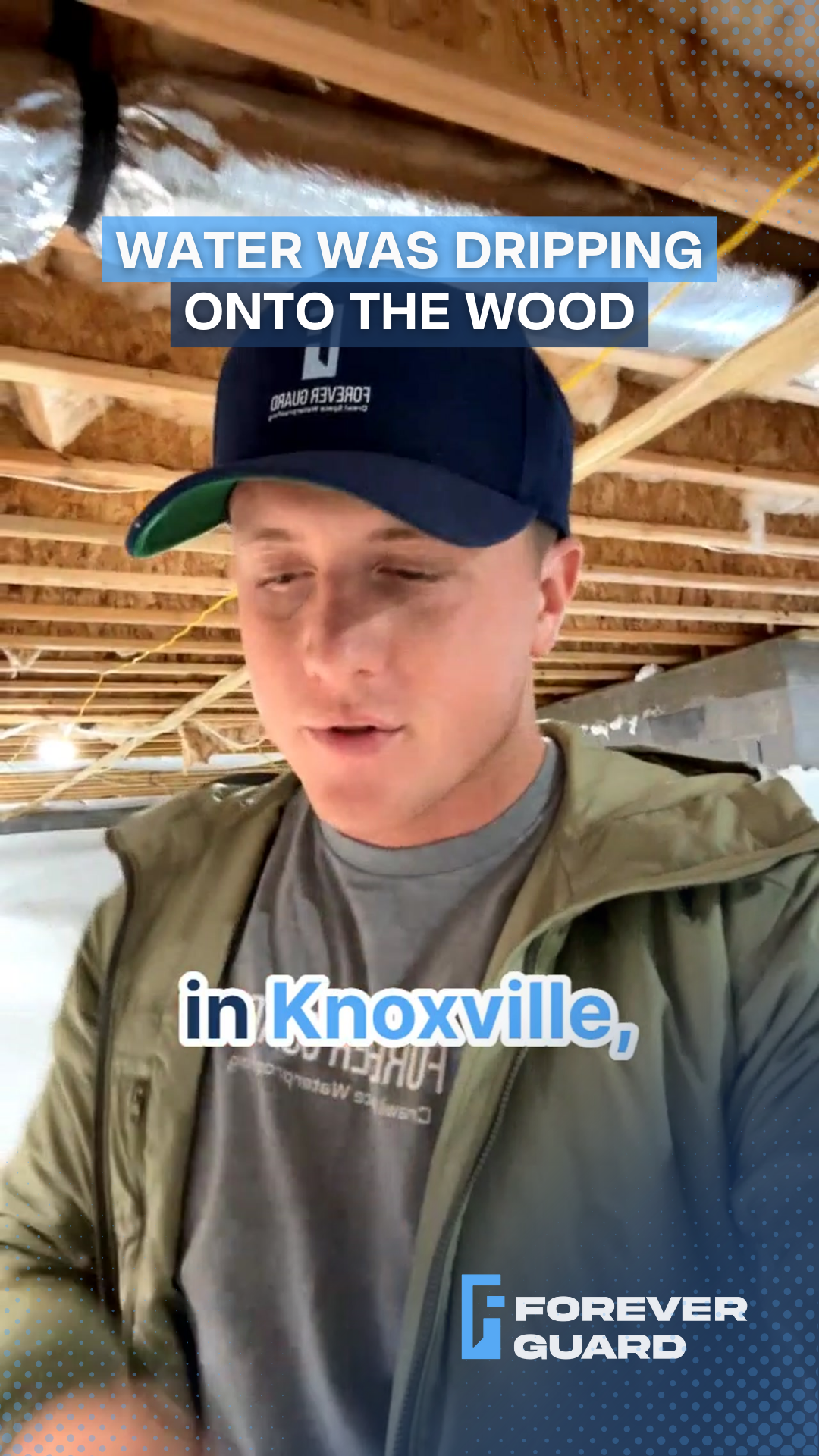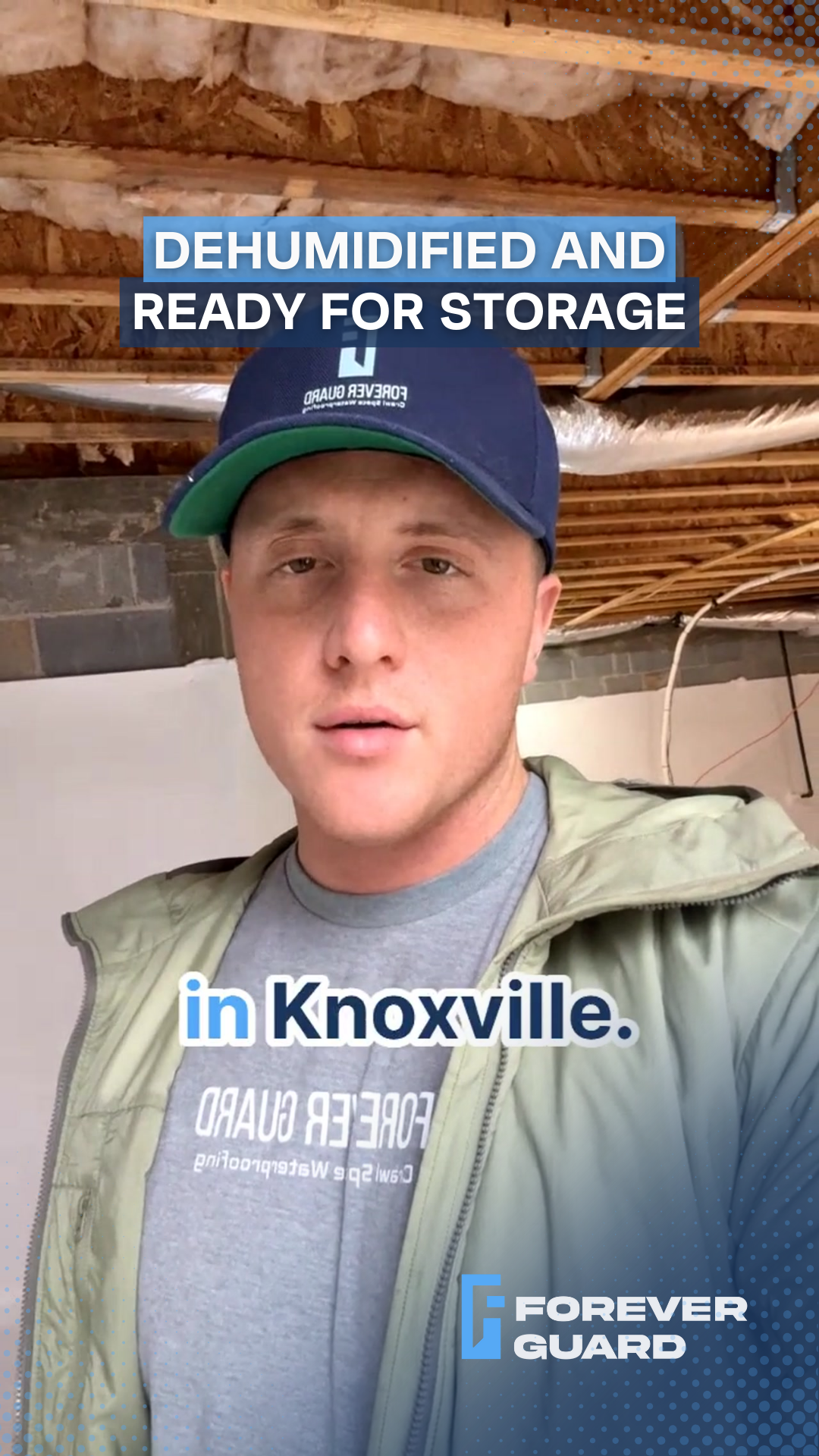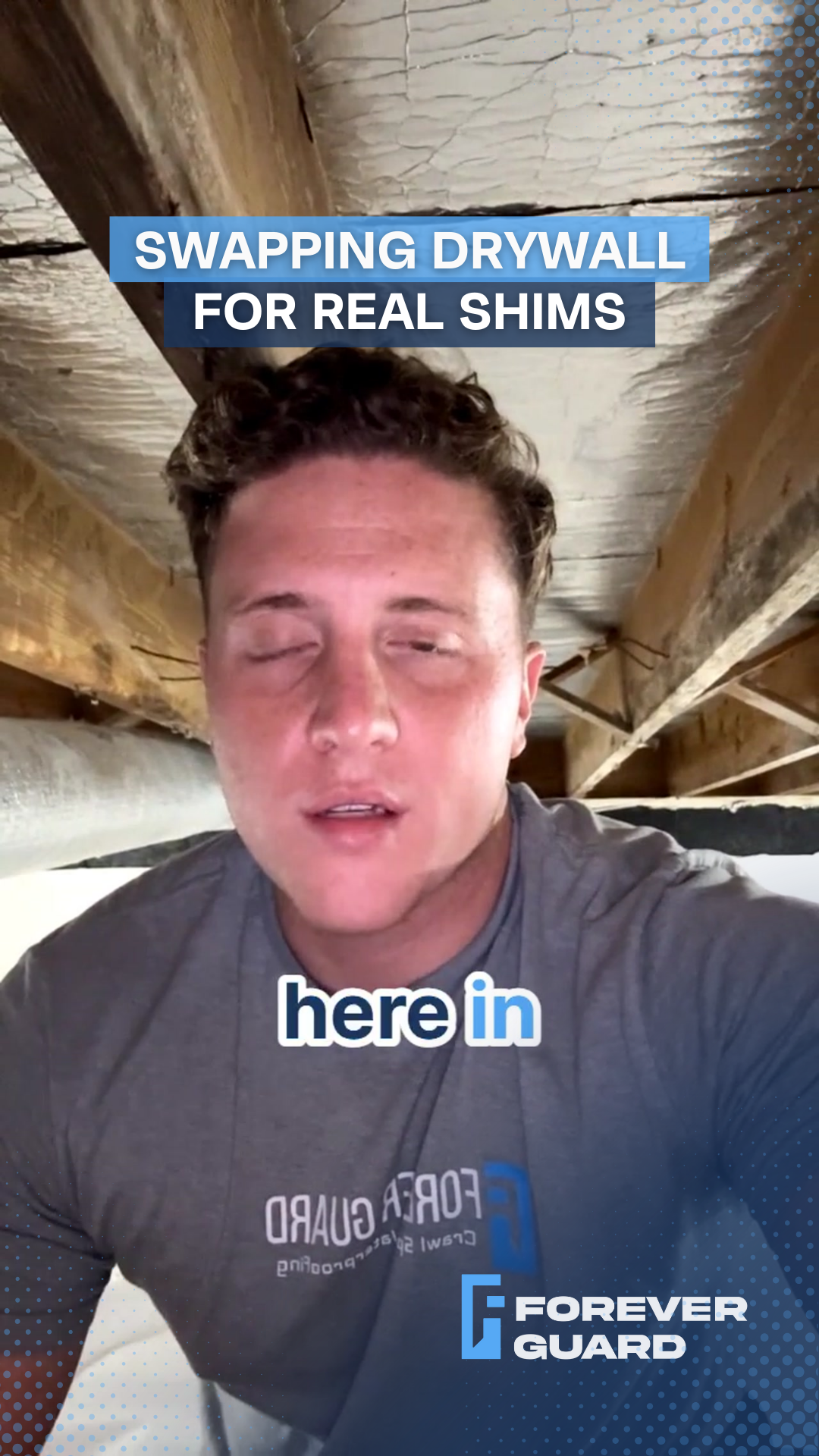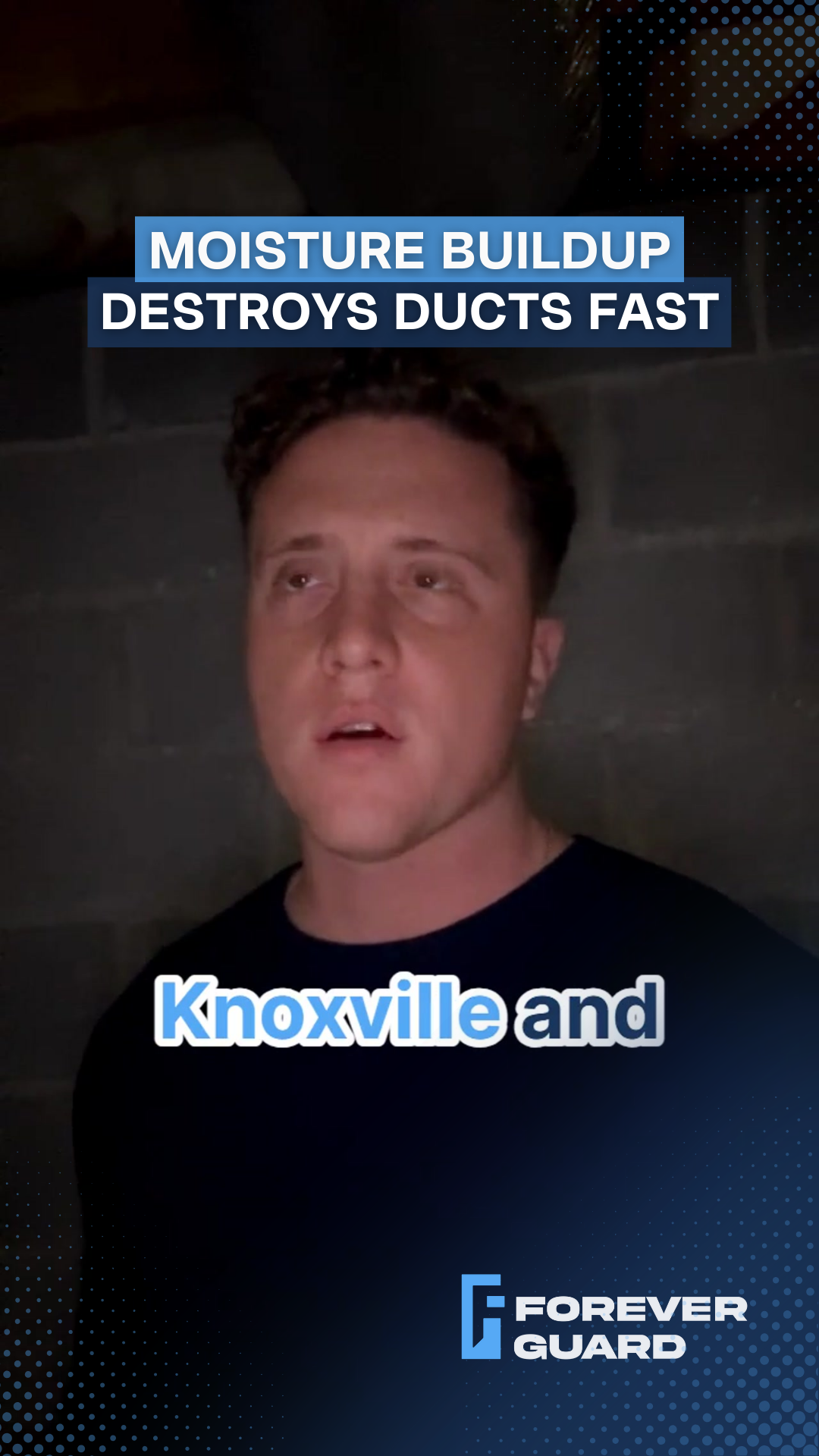Blog
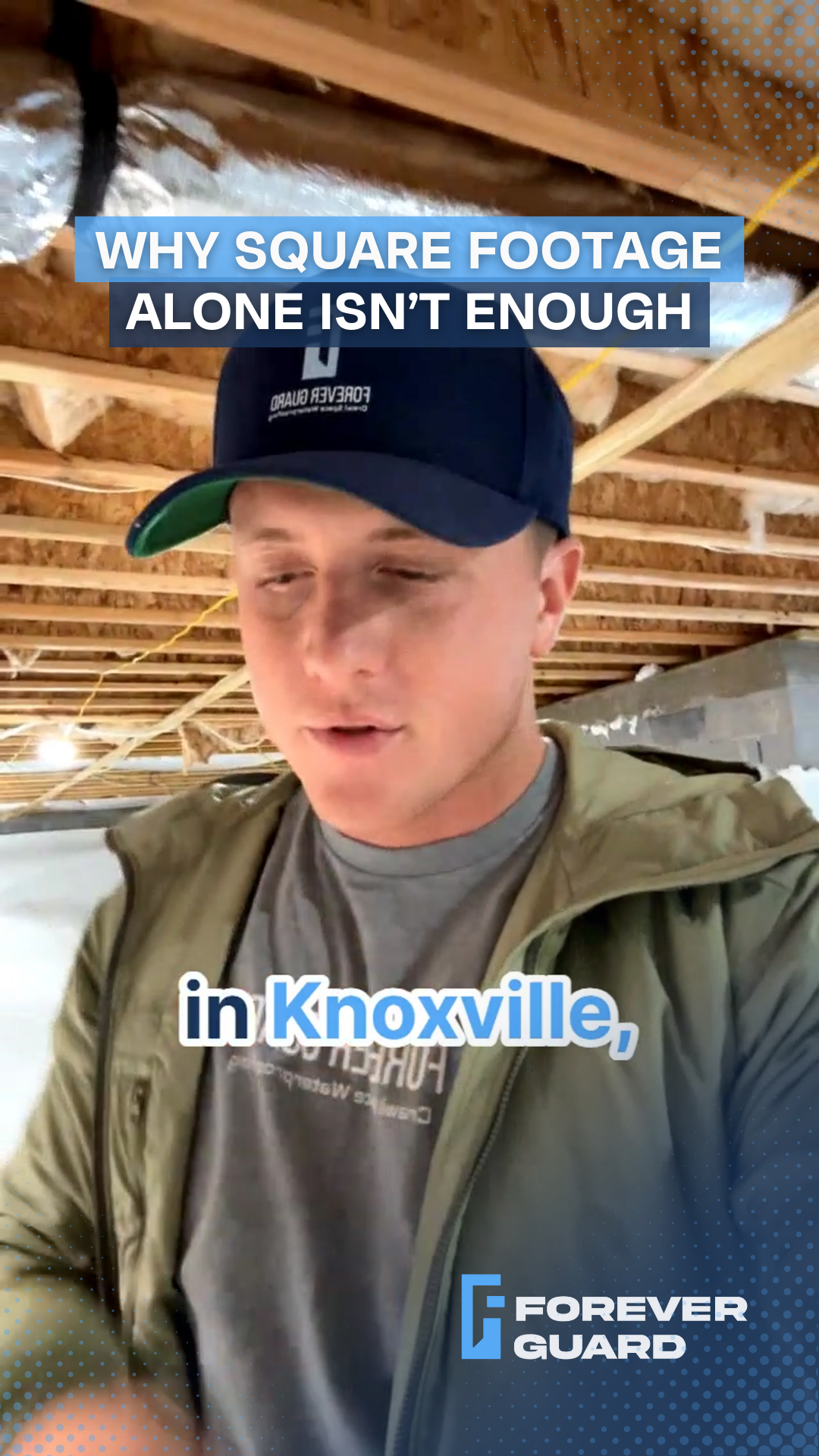
You've probably noticed it - your crawl space dehumidifier runs constantly. The tank fills up, the unit kicks back on, and the cycle never stops. But when you check on things, your crawl space still feels damp. There's still that musty smell. And you're left wondering if the equipment is actually doing anything.
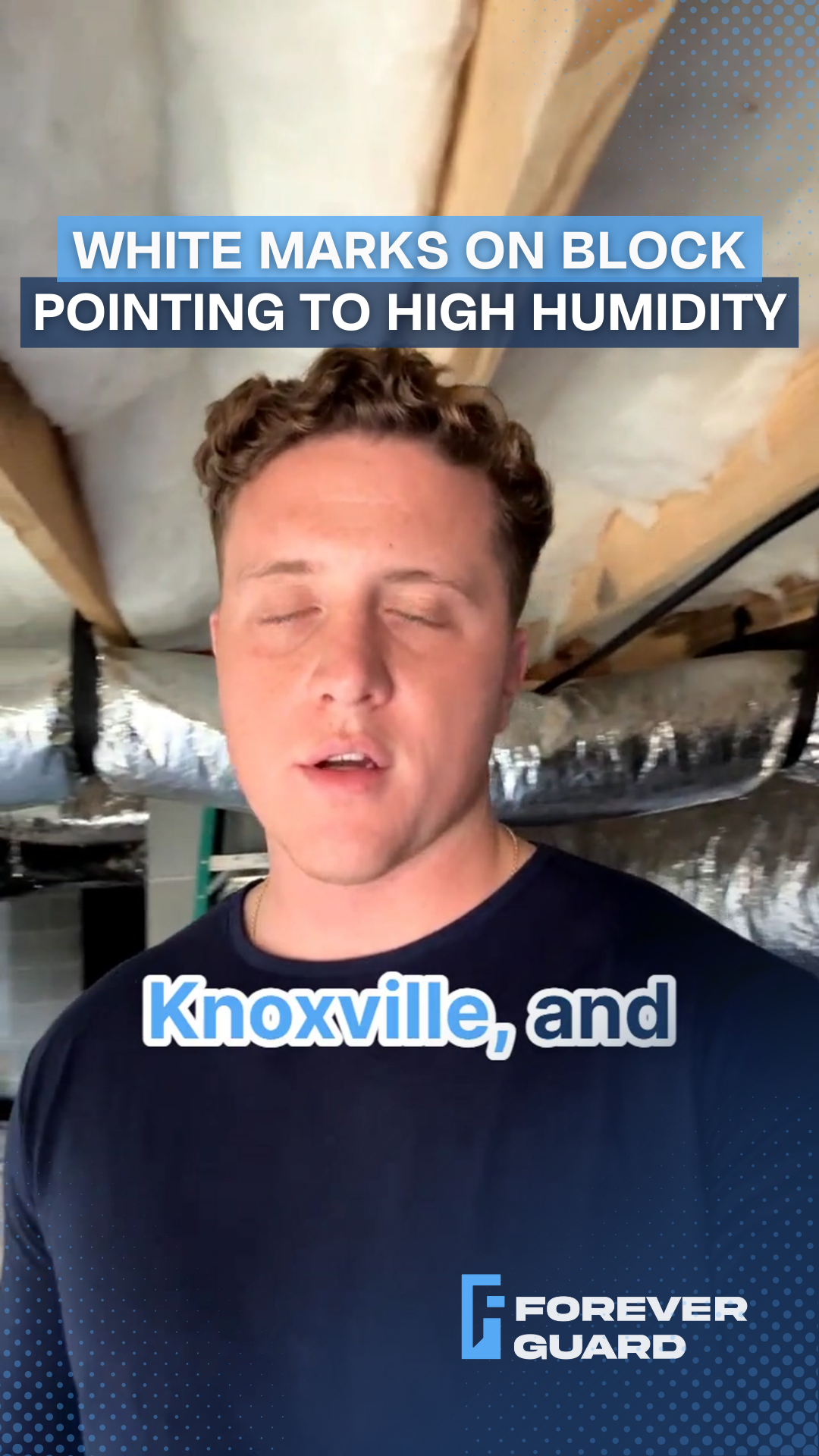
I see it in almost every crawl space I inspect around Knoxville - that white, chalky residue on foundation walls. Most homeowners notice it and figure it's just part of having a crawl space. But that discoloration is actually telling you something important about what's happening to your foundation.
